Connecting onwards from the fine art side Similarly from the themes of William Ye, I want to focus on the themes of media, and that of chaos. Chaos formed off the premis of fake news, mass inflictions of terror, criticism of others, lack of trust and the lack of equality and accurate representation fo people. This is a large subdivision for a photography perspective, however, in this blog post I purpose to break down how I found these ideas step by step and the way they too successfully link to fine art.
when I was further considering the themes which are very influential within the media, I began to think distancing myself from more of the chaos, and into more of the long danger causes and pains which the media has causes. The mediation of images which only portray the same similar and very limited appearance to look a certain way, and question the extent, should we and are we expected to look and act the same? this leads me onto thinking that mediation and online influence and if it has led us to the destruction of our own minds and capabilities, due to us being stuck thinking and limiting ourselves to certain consciousness. The media subsequently is taking a percentage of our voice, it is regardless to the balance which we need, its such a staged development of the world, this lack of variation has really inflicted peoples opinions, and thirst for success and personal health and mental health issues within themsleves. Media produces a sense of importance around flaws, faults and criticism of ourselves and others. The power overs girls online is something which is unjust, it gives confidence to have less humanity, and allows groups of people to produce their own acts of terror and chaos and target others, without the fear of prosecution. Coincidentally this presentation of power can too be linked tho the effect of DNA on people and what they do when they have power. These acts of people could also be used as an act of experiment to see prejudice, racism and discriminatory behaviour, and the scientific reasoning of why these actions are still occurring in 2019. However ‘new media’ is giving people their own large platform on social media states, such as instagram , these influences have the power to promote whatever product of system they want onto larger demographics. Their influence had the ability to change peoples perception of themselves as they have unconventionally large beauty standards. And make their young influential audience believe They should too aspire to look like them, despite even them not looking, or having a life that they are being convinced to want. However, the main primary purpose of media is to be an informative news source, and in order to educate people on real life events and happenings across the globe. These current events are divided into political, social and cultural issues. Huge monumental political movements at the moment can be found within the discussion of fake news, me too, black lives matter, and general movements of feminism and the stretch for equality. However it is interesting the way the media presents each and every one of these subject matters, and which they deem to be more important than others. The media is a huge part of almost everyones everyday lives, because of tis it also successfully links into the study of each individuals everyday and what their actions do and what their consequences are like.
This then links to my next idea of expression of body and face and the relation and similarity seen between the stories and growth of a family. My final and third idea, links well again with the consideration of fine art, and political chaos, and it is the expression of body and face, and how we act towards and with our family, in groups of people. family is the first identity we are given, it is an almost extension of ourselves and who we are associated with for the first many years of our lives. Family is a primary example once agin our our DNA, and also a similarity we are also associated with having to others. Family should be a shared love of multiple support, however, I believe it is also a struggle of lifting and being there for each other. Family could be an investigation as to why and how forms and bonds are created, and more than just a genetic basis of variation .Artistic inspiration that I have found are the two following pieces, both link to the conceptions of media affecting out behaviour, genetics and have a fine art sentiment to them:
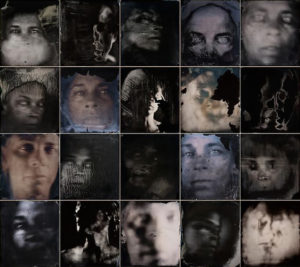
I chose this first piece as I belive it once again shows connotations to both a fine art element of abstraction and a clear artistic influence and quality to the photos. Secondly The element of community being all confined to one bonding image, and also how it forms a cohesion of family elements, and or a joined aspect of suffering in this case. It is a variation of a group of people experiencing the same effects of trauma. Additionally this trauma could have been caused by chaos within media. The effect of media fake news, and the reinforcing and constantly addressing of terrorism acts and focusing on the cruelties of the world, is what is seen within these images. A combination of individual views and variations on what they are seeing from the world. I love the effect that was used in these is, I believe it was over exposure, but covered In different fabrics and effects and then the image were near liquified, and formed into a more soft format of photos. 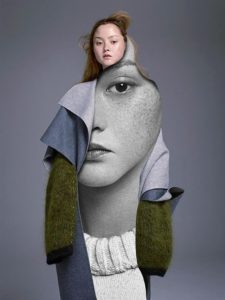
I chose this image as inspiration, due to many media related images or influencer images being concentrated on photoshoots with females looking to be the main idea of beauty. However I thought this piece was interesting as the high fashion and fine art feel comes through the interesting composition of clothes, the circular shape shows a fluidity to the images, much like many of the artists I have previously spoken about studying, additionally. The face using the eye for direct contact shows a true reflection of herself. Overall I will use these two development ideas for the effect of: combining all fo my three main perspectives, and use this to combine into five staged shoots. to begin my project.
 Some of the ideas above consist of variation such as buildings, animals, shops, lights, people, city landscapes, coast landscapes, natural environments and roads. All of these topics for me would be accessible to photograph in Jersey due to its wide range of varying landscapes. Personally the appeal of variation in animals for me would be the most effective, especially since Jersey has a world-renowned zoo that looks after endangered animals.
Some of the ideas above consist of variation such as buildings, animals, shops, lights, people, city landscapes, coast landscapes, natural environments and roads. All of these topics for me would be accessible to photograph in Jersey due to its wide range of varying landscapes. Personally the appeal of variation in animals for me would be the most effective, especially since Jersey has a world-renowned zoo that looks after endangered animals. Looking over the examples present the topics I found most interesting were comparisons between natural objects and the form of human bodies, natural objects and their influence of the man-made world and similarities between random objects and surrounding environments.
Looking over the examples present the topics I found most interesting were comparisons between natural objects and the form of human bodies, natural objects and their influence of the man-made world and similarities between random objects and surrounding environments.
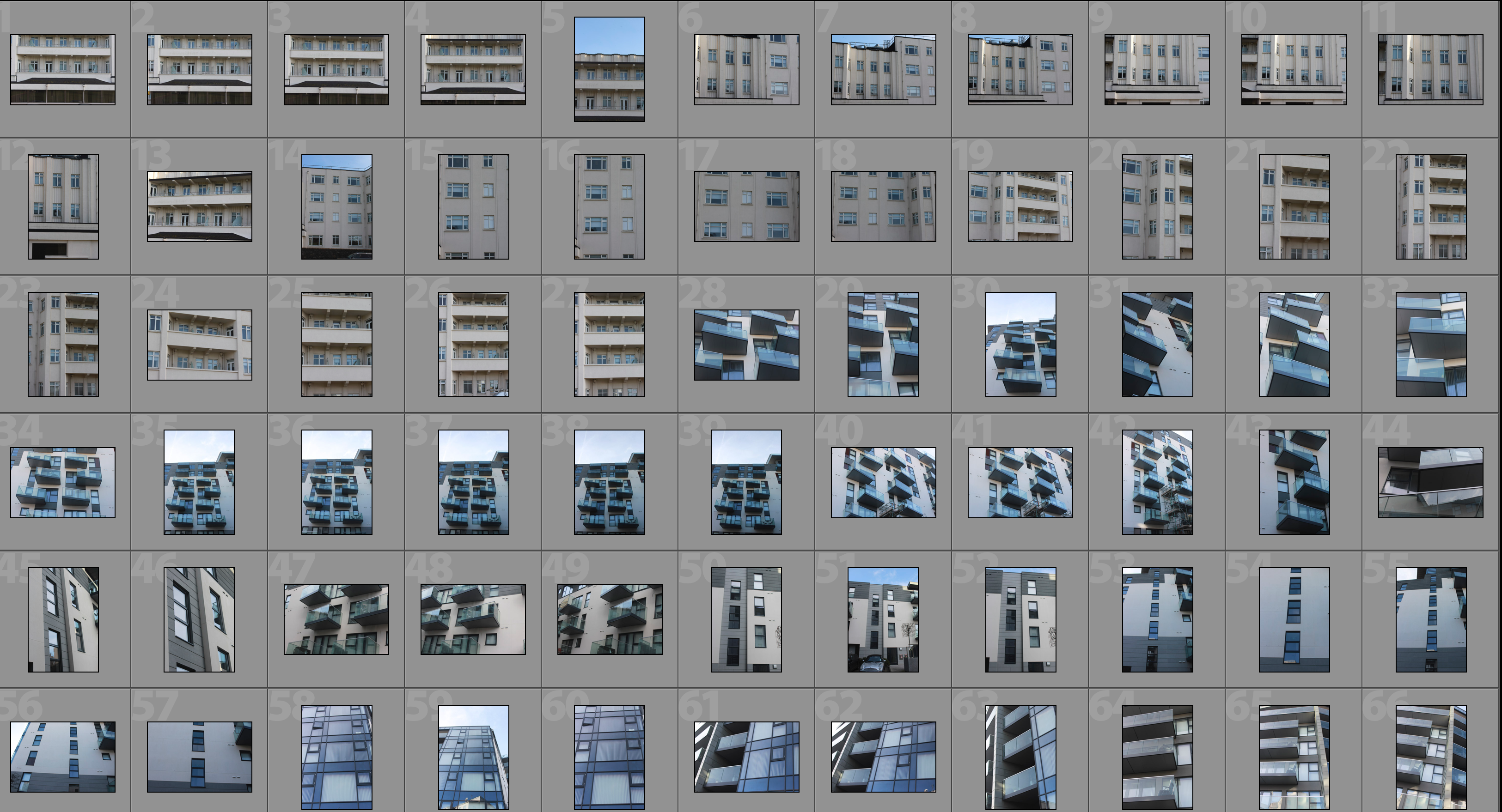






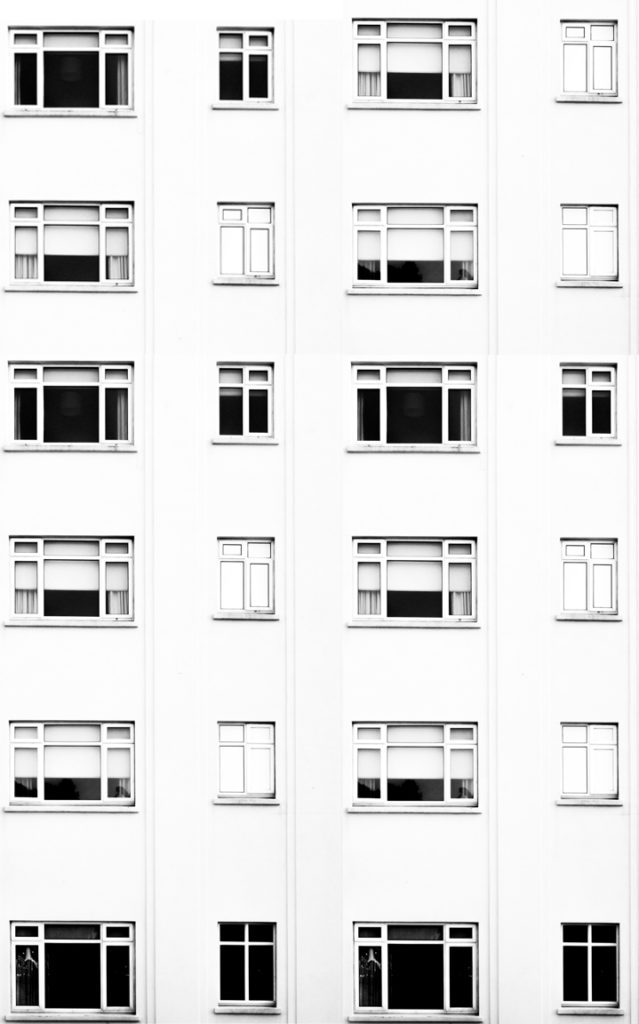





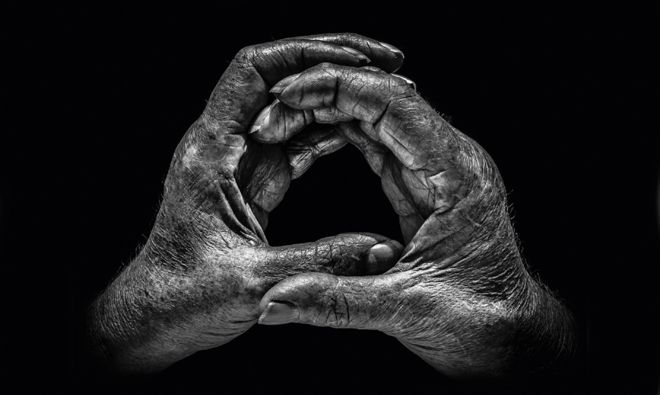
 The way they rested on her walking stick showing her wedding ring, so smooth against the rough skin, told a large part of her story”. Booth says that it was his first ‘hands as a portrait’ and inspired him to carry out more hand portraits. Booth decided that throughout the project he would shoot in black and white, in natural light and in half an hour wherever his subject found most convenient – I will also try to go by these standards as I seek to draw inspirations from this project. Booth also says he has “always preferred black and white as a portrait medium. It enables you to focus on all the detail and form, and not be distracted by skin colour, markers, blemishes and veins” which I completely agree with and believe that it will be vital in my response to this. When picking his subjects booth would first think of a profession he wanted to feature and then who would best represent it. In total there are about 115 pairs of hands in the exhibition telling hundreds of stories of people.
The way they rested on her walking stick showing her wedding ring, so smooth against the rough skin, told a large part of her story”. Booth says that it was his first ‘hands as a portrait’ and inspired him to carry out more hand portraits. Booth decided that throughout the project he would shoot in black and white, in natural light and in half an hour wherever his subject found most convenient – I will also try to go by these standards as I seek to draw inspirations from this project. Booth also says he has “always preferred black and white as a portrait medium. It enables you to focus on all the detail and form, and not be distracted by skin colour, markers, blemishes and veins” which I completely agree with and believe that it will be vital in my response to this. When picking his subjects booth would first think of a profession he wanted to feature and then who would best represent it. In total there are about 115 pairs of hands in the exhibition telling hundreds of stories of people.



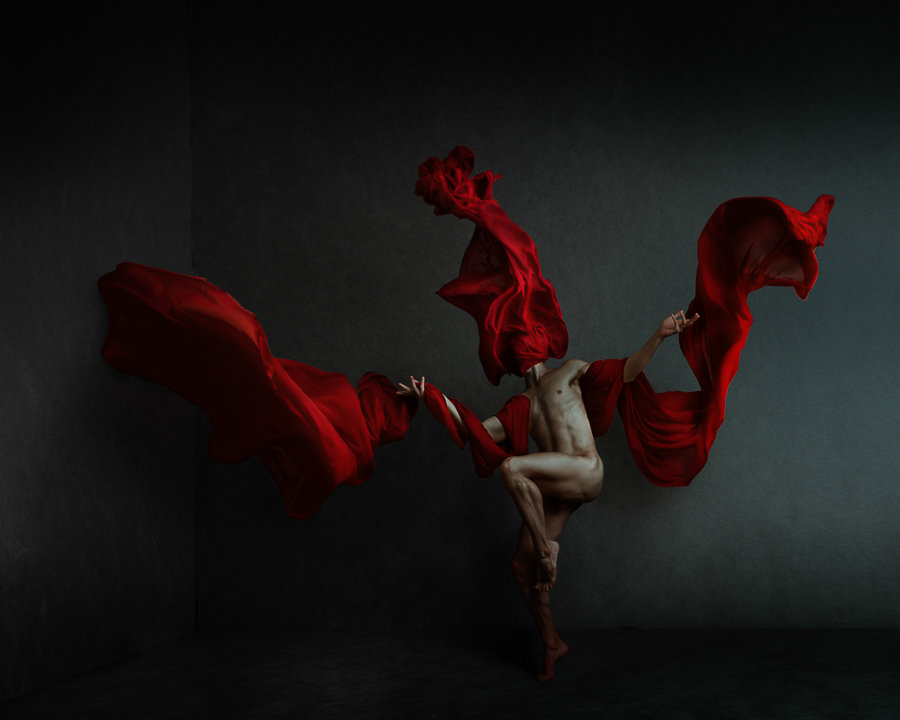
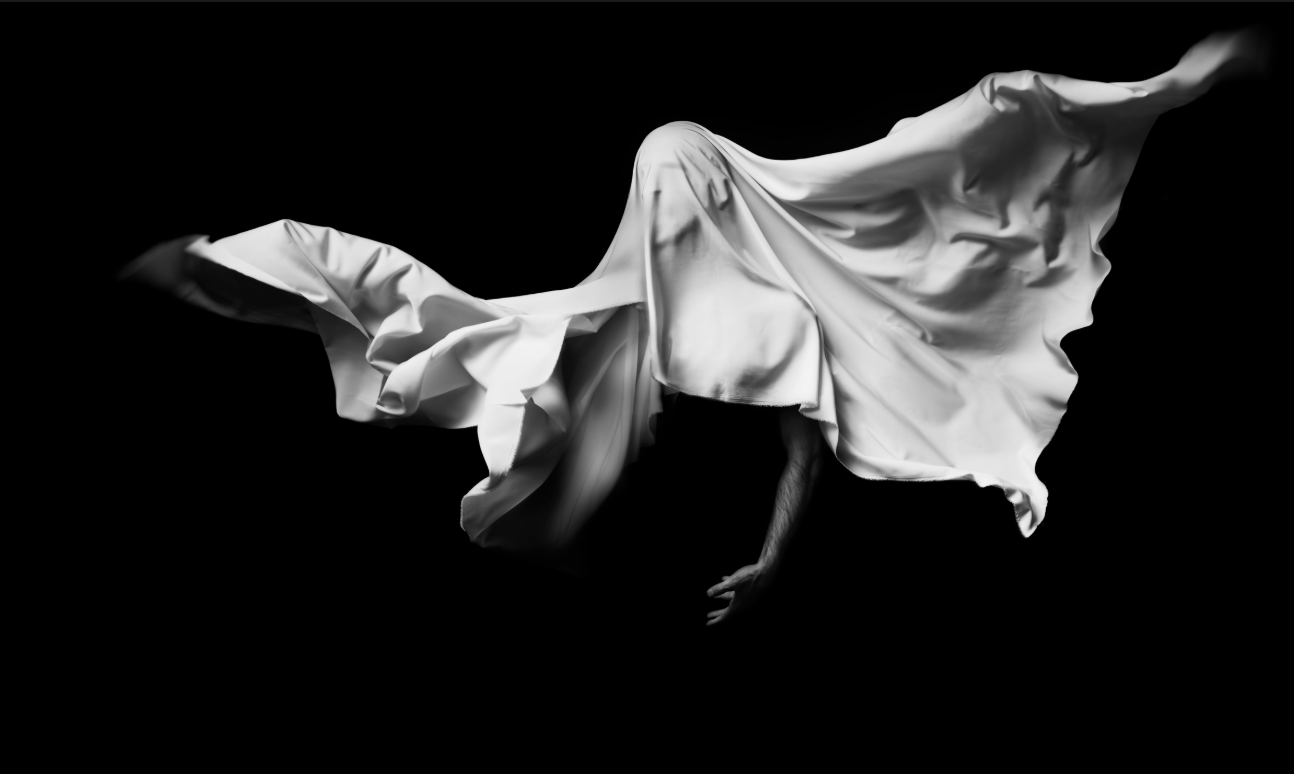


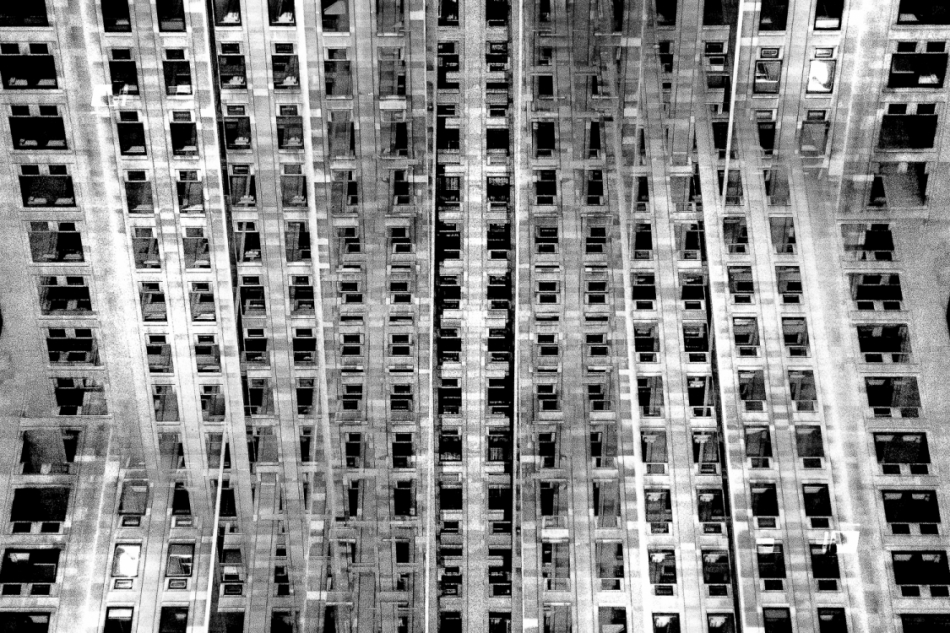 Lewis Bush (born 1988 in London) is a British photographer, writer, curator and educator. Bush studied history at the University of Warwick and gained a master’s degree in documentary photography from London College of Communication, where he lectures on photojournalism and documentary photography. In his work bush seeks to draw attention to forms of invisible power that operate in the world – such as finance. Bush has the standpoint that ‘power is always problematic because it’s natural resting state is arbitrary and untransparent’. Bush’s projects tend to incorporate writing and he has written about photography for a range of national and international print and web titles.
Lewis Bush (born 1988 in London) is a British photographer, writer, curator and educator. Bush studied history at the University of Warwick and gained a master’s degree in documentary photography from London College of Communication, where he lectures on photojournalism and documentary photography. In his work bush seeks to draw attention to forms of invisible power that operate in the world – such as finance. Bush has the standpoint that ‘power is always problematic because it’s natural resting state is arbitrary and untransparent’. Bush’s projects tend to incorporate writing and he has written about photography for a range of national and international print and web titles.

 The main project by Bush that interests me is ‘Metropole’ in which he used a technique of double exposure. The project looks at the collapse of the British Empire and how in its place globalised capitalism grew as London has been rebranded as “a city of demolition, cranes, and glittering new high rises”. ‘Metropole’ aims to record the effect of this on London through the form of documentary photography. This appeals to me and links to the theme ‘Variance and Similarity’ because it explores the fact that there are an increasing amount of large buildings for offices or flats taking away from green land and so the landscape in which we live is turning into a repetitive view of similar flats and offices leaving citizens with a feeling of monotony as everything is being redeveloped to serve the same purpose. Bush’s work on ‘Metropole’ shows a lot of emphasis on the repetition between buildings due to his double exposure effect. I intend to respond to this work by capturing blocks of flats or offices, both in day and at night and then altering the photographs in photoshop to replicate the buildings and create a pattern of repetition throughout the edits. These edits will show how buildings can look different individually but a lot of them can be very boring and repetitive.
The main project by Bush that interests me is ‘Metropole’ in which he used a technique of double exposure. The project looks at the collapse of the British Empire and how in its place globalised capitalism grew as London has been rebranded as “a city of demolition, cranes, and glittering new high rises”. ‘Metropole’ aims to record the effect of this on London through the form of documentary photography. This appeals to me and links to the theme ‘Variance and Similarity’ because it explores the fact that there are an increasing amount of large buildings for offices or flats taking away from green land and so the landscape in which we live is turning into a repetitive view of similar flats and offices leaving citizens with a feeling of monotony as everything is being redeveloped to serve the same purpose. Bush’s work on ‘Metropole’ shows a lot of emphasis on the repetition between buildings due to his double exposure effect. I intend to respond to this work by capturing blocks of flats or offices, both in day and at night and then altering the photographs in photoshop to replicate the buildings and create a pattern of repetition throughout the edits. These edits will show how buildings can look different individually but a lot of them can be very boring and repetitive.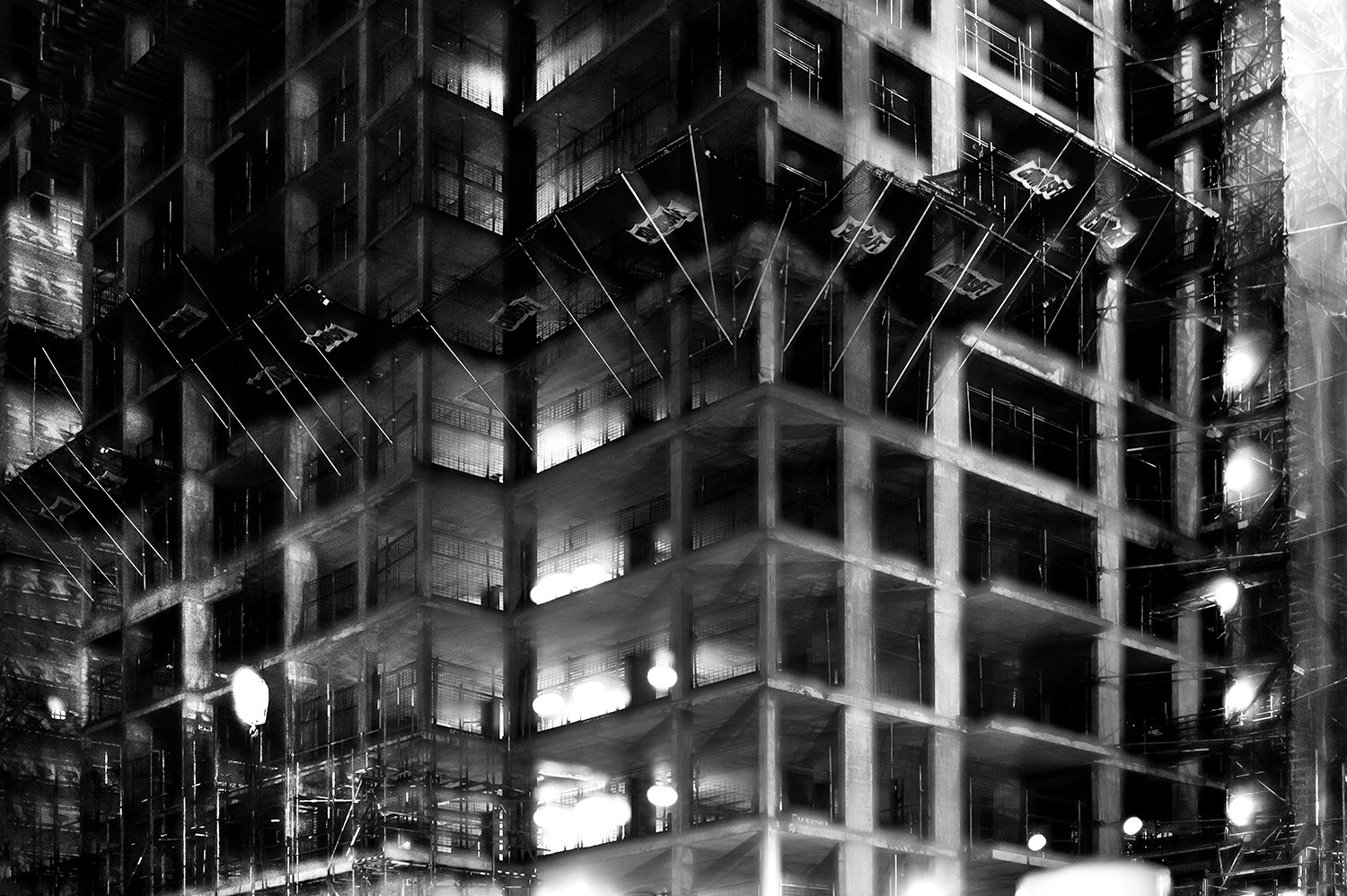
 Huang Qingjun is a Chinese photographer who has photographed families posing with their possessions amid China’s dash to become rich. He has spent nearly a decade travelling to remote parts of China to persuade people who have never been photographed to carry outside all their household possessions and pose for him. The results of this product are glimpses of the different lives and belongings of different families within China. The pictures have not been widely seen outside of China although some have been shown at exhibitions in Paris and New York.
Huang Qingjun is a Chinese photographer who has photographed families posing with their possessions amid China’s dash to become rich. He has spent nearly a decade travelling to remote parts of China to persuade people who have never been photographed to carry outside all their household possessions and pose for him. The results of this product are glimpses of the different lives and belongings of different families within China. The pictures have not been widely seen outside of China although some have been shown at exhibitions in Paris and New York.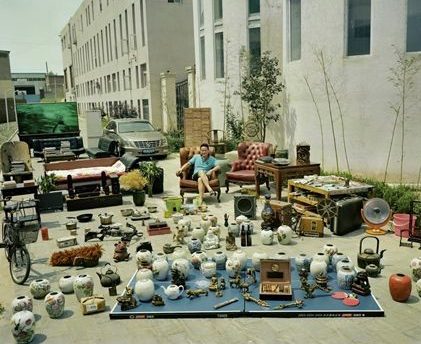 Huang was inspired as a teenager by an uncle when the typical hobbies for the Chinese youth were calligraphy and singing. The idea for the series about people’s material good, called ‘Jiadang’ (family stuff). first came in 2003 with some photographs that he took for the magazine Chinese National Geography but the project didn’t start properly until three years later, when Huang started travelling around China looking for suitable people. Huang says that “Most people thought what I was proposing was not normal” but most people understood the point at the end of it. Most of the people in these poor, remote areas did not have many possessions making the project both simpler and more interesting. Some of the projects took a couple of days whereas others took several months. Next year marks the 10th anniversary of the first photograph, and Huang plans to mark it by returning to the places he visited to see how they have changed. Huang also hopes to broaden the project’s range upon revisiting it by including people from a wider range of backgrounds, such as government officials.
Huang was inspired as a teenager by an uncle when the typical hobbies for the Chinese youth were calligraphy and singing. The idea for the series about people’s material good, called ‘Jiadang’ (family stuff). first came in 2003 with some photographs that he took for the magazine Chinese National Geography but the project didn’t start properly until three years later, when Huang started travelling around China looking for suitable people. Huang says that “Most people thought what I was proposing was not normal” but most people understood the point at the end of it. Most of the people in these poor, remote areas did not have many possessions making the project both simpler and more interesting. Some of the projects took a couple of days whereas others took several months. Next year marks the 10th anniversary of the first photograph, and Huang plans to mark it by returning to the places he visited to see how they have changed. Huang also hopes to broaden the project’s range upon revisiting it by including people from a wider range of backgrounds, such as government officials.



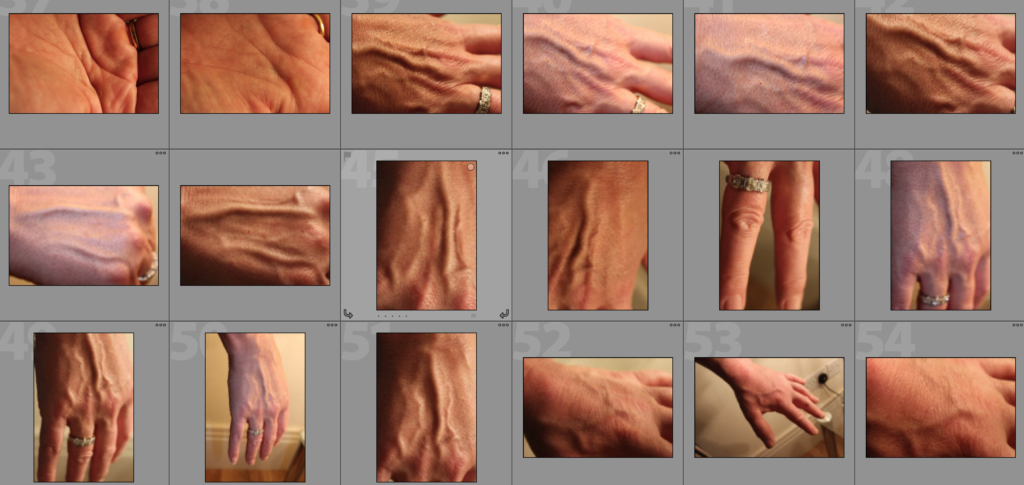
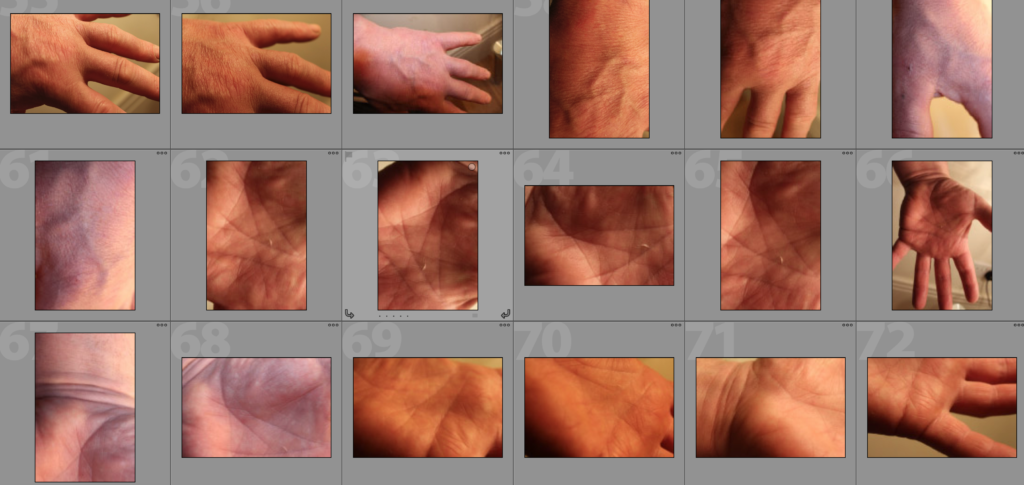

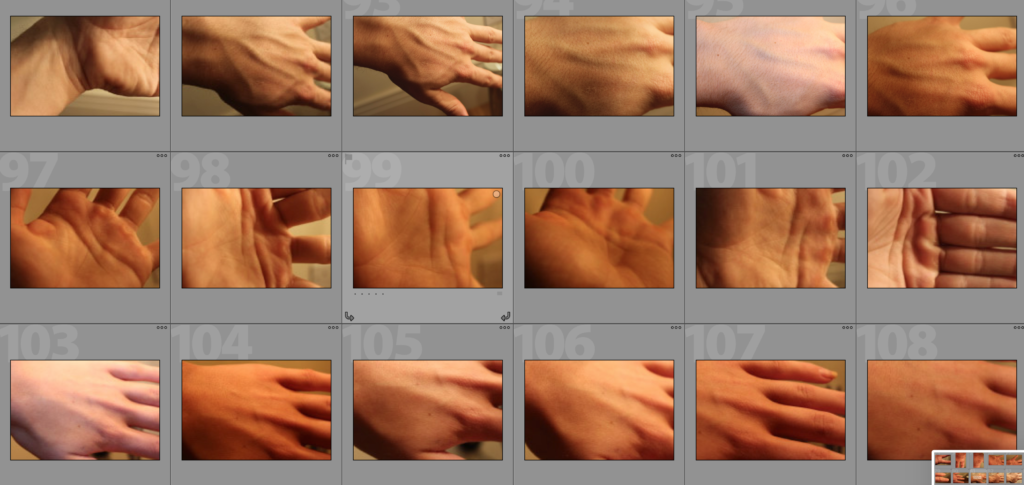

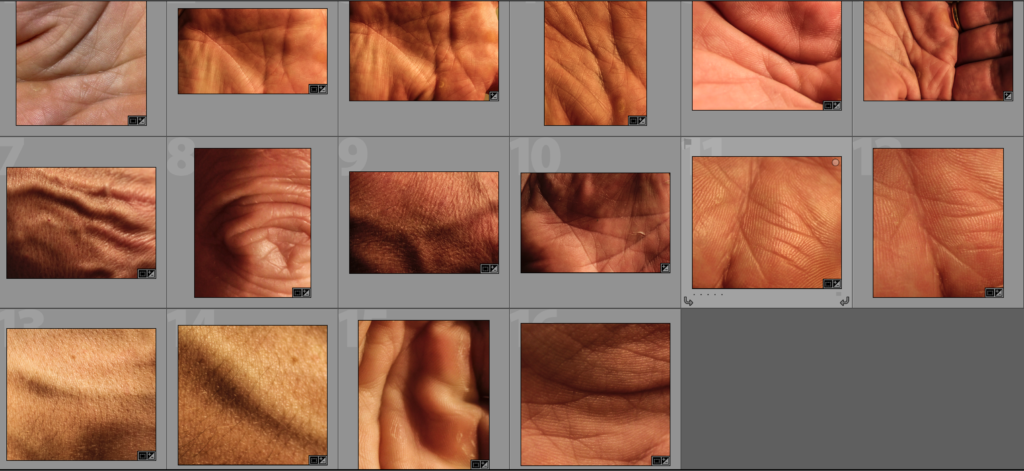
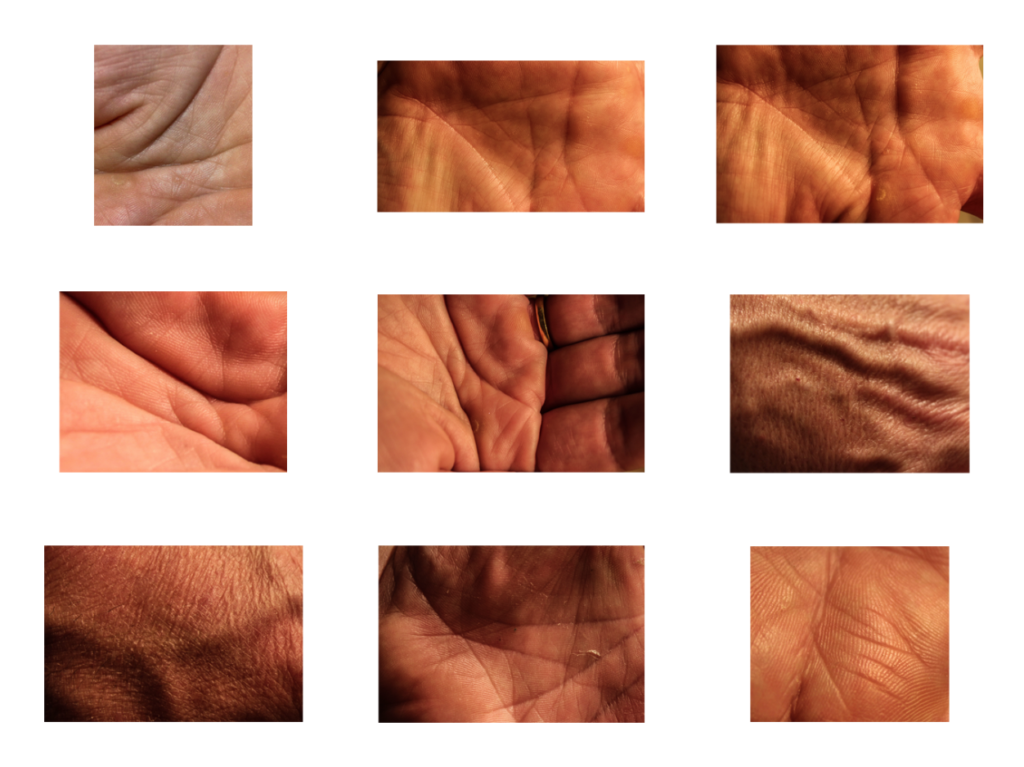
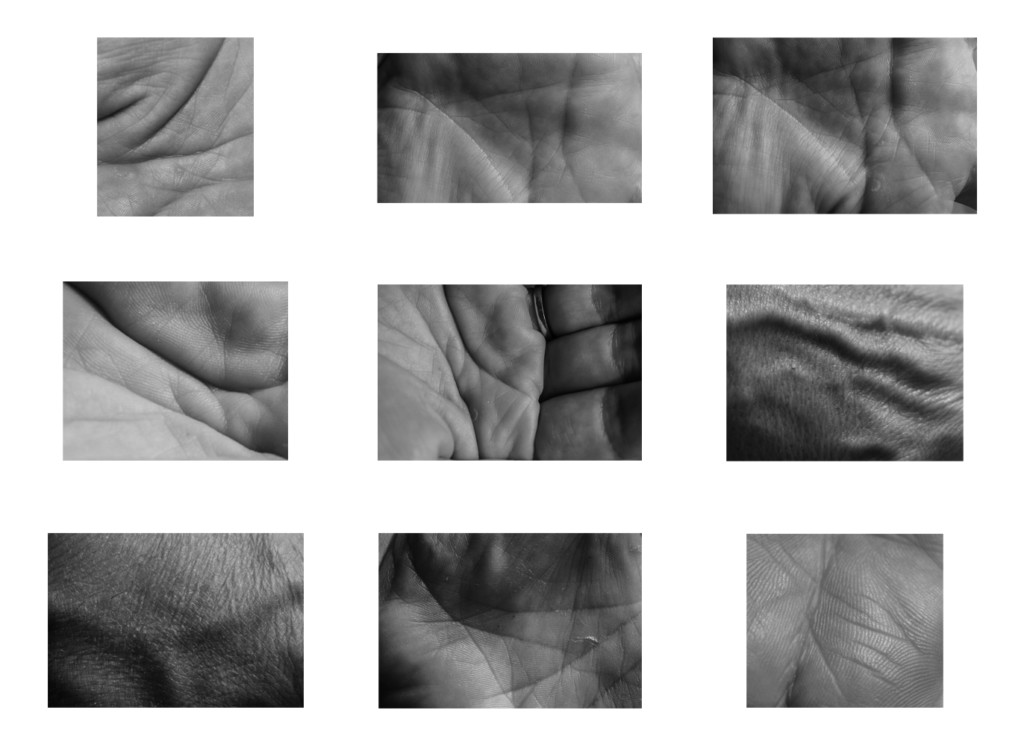
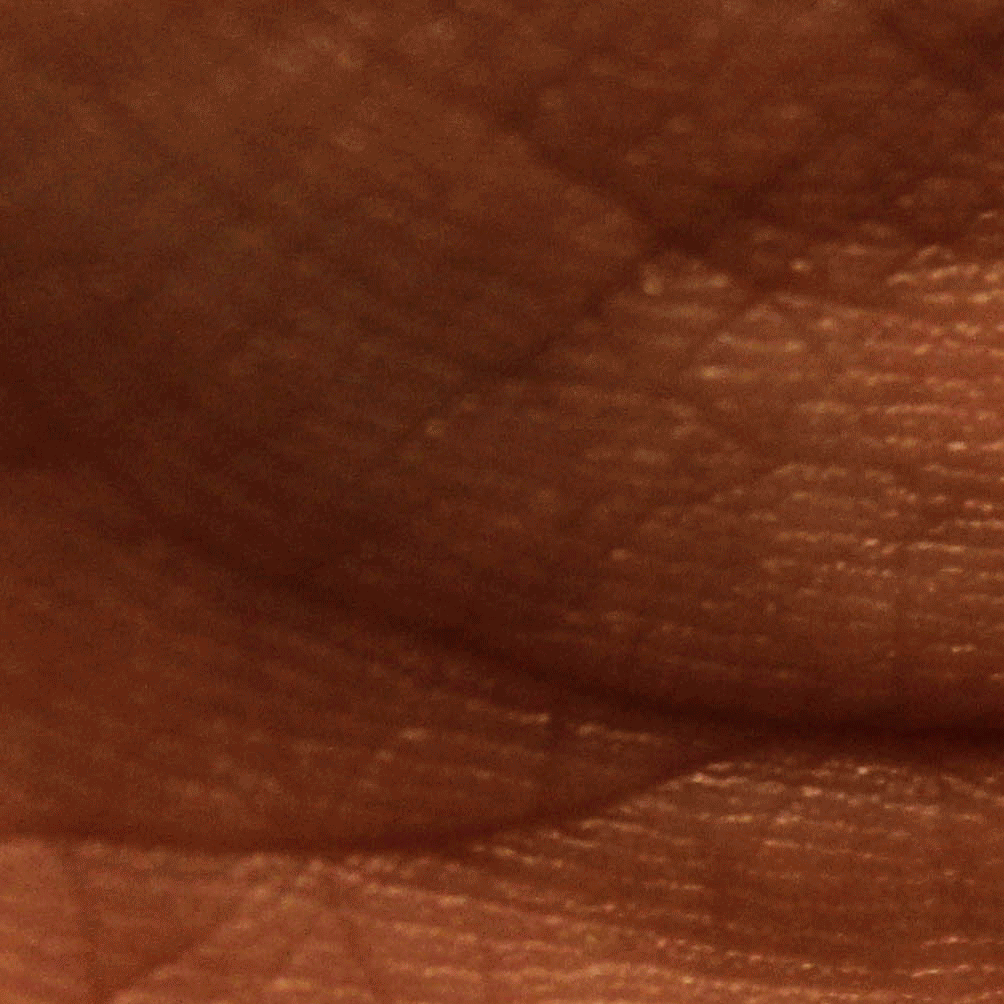
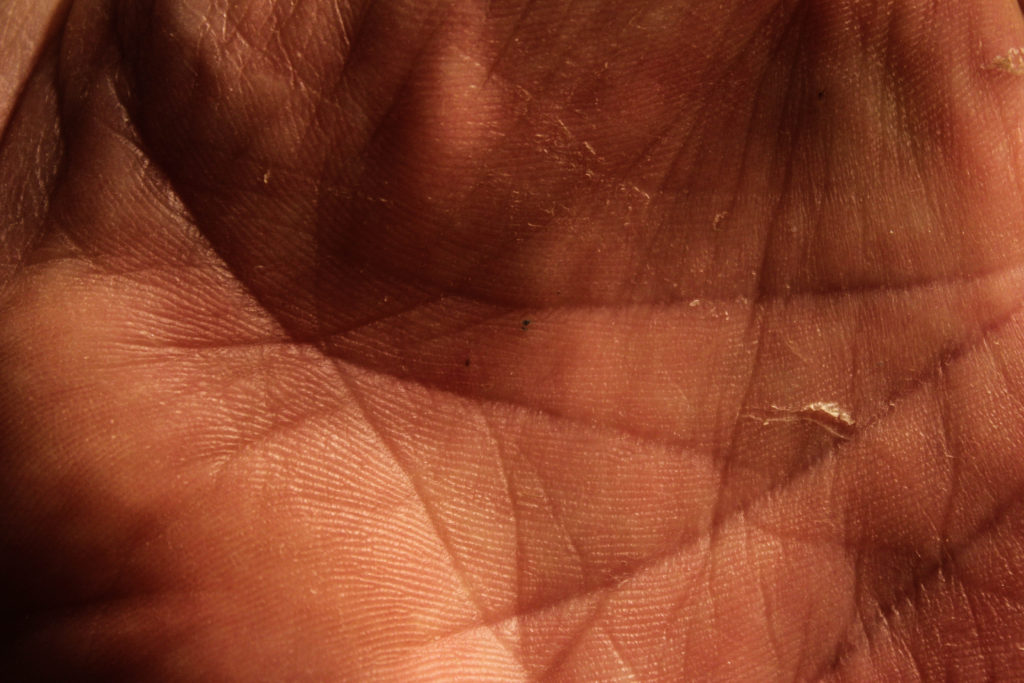
contextual/critical references mentioned as inspiration for William Ye’s work ie. Leibovitz, Erwin Olaf, Picasso: In comparison to the artist Picasso, his work is very much structured in order to create a more mathematical presence of composition. Even the sheet and is an object meant to be fluid, he forms a more secure structure to the piece itself. Everything about this piece is almost mathematically measure out to fit together in a perfect manner. Ye clearly has a vivid influence in the way he too wishes to connote primary colours, in order to inflict and have the persons themselves posses a deemed amount of power. Also seen within his strong juxtapositions of lights and shadows within his other pieces. His demonstration of clear influences is also seen within the similar narrative of his work to that of Olaf, both of them find it important to present that narrative emotions and character of someone. Ye within the vast majority of his work never reveals the identity of the persons, it is hidden within the fine art aspect of his work, Whereas Olaf is much more of a fashion iconography work. So capturing the emotions, and hidden persona of people within the same mysterious circumstances. Ye has a far reaching understanding of artists and how to combine aspects of chaos and mass media into his work. I believe If I too use many artists to inspire and form my own photography techniques that this will relay be highly beneficial to my own work.